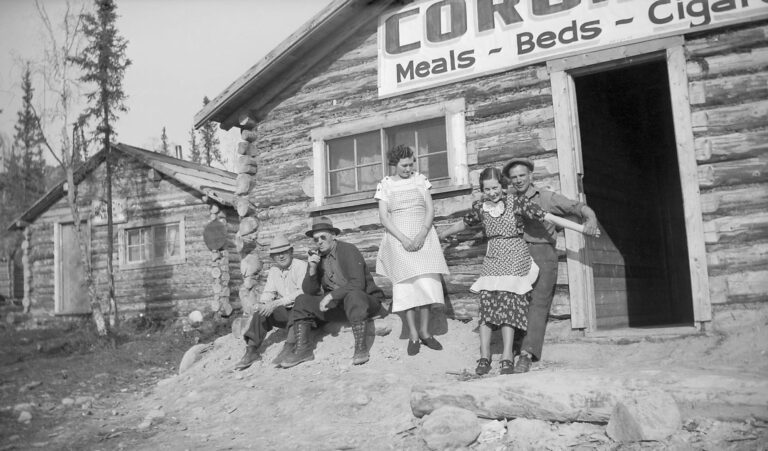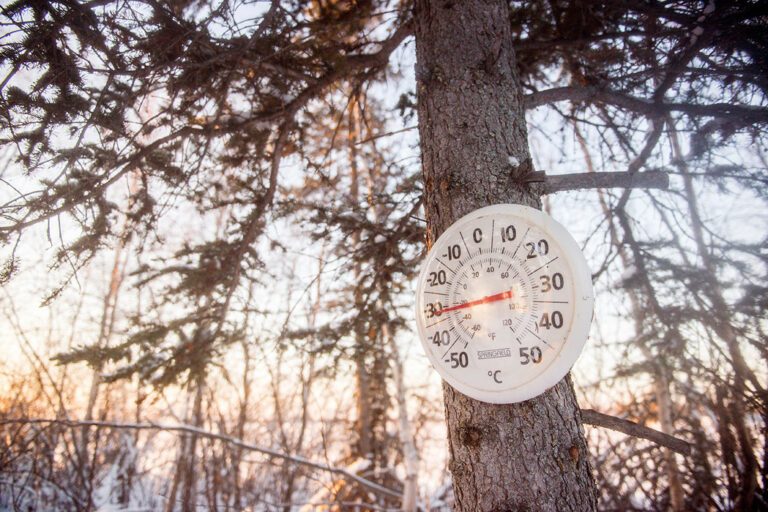The summary of the Truth and Reconciliation Commission’s final report came out this morning, and its findings are unequivocal: for over a century Canada was actively pursuing cultural genocide.
“States that engage in cultural genocide set out to destroy the political and social institutions of the targeted group. Land is seized, and populations are forcibly transferred and their movement is restricted. Languages are banned. Spiritual leaders are persecuted, spiritual practices are forbidden, and objects of spiritual value are confiscated and destroyed. And, most significantly to the issue at hand, families are disrupted to prevent the transmission of cultural values and identity from one generation to the next,” says the report. “In its dealing with Aboriginal people, Canada did all these things.
Along with the 380-page summary, released ahead of the full report expected later this year, the commission issued 94 recommendations. Along with calls for further apologies, support for survivors and an extensive overhaul the education, health and justice systems, the report specifically highlighted the need to fund Aboriginal healing centres “and to ensure that the funding of healing centres in Nunavut and the Northwest Territories is a priority.”
EDGE spoke to several leaders in the community to hear their thoughts on what reconciliation looks like moving forward.
Gail Cyr – Director of The Native Women’s Association of the NWT
“The commission part, the investigation is complete, but that doesn’t mean the services are over,” says Gail Cyr. “There are still some trials and the support services will continue as people go through their claims.”
Cyr emphasized the need for continued community dialogue, so people can learn more about residential schools and so survivors can continue to be heard. “It wouldn’t have been so bad had there not been such disbelief. People were told they were lying about their experiences, and when you have that trauma and then that reaction, it exacerbates the problem.”
A big part of moving forward is making sure First Nations history is taught in schools across the country, she says: “Right now we’re so second-thought when it comes to Canadian history books. We’re there in the fur trade, then we disappear, then we show up as a social problem. […] The GNWT has put together a residential school component, and we need to make sure it goes across the country.”
“The health care system also hasn’t been the best of friends with Aboriginal people,” she said. “You have to have a well-trained group of professionals who have gone through culturally appropriate and historical training.”
She mentioned that the B.C. Medical Association started developing a diagnostic category called Residential School Syndrome: “like PTSD, with all the cultural and racial shit that goes with it.” Something like this should be implemented more widely, she says, so healthcare professionals have better diagnostic tools to understand what residential school survivors are going through.
Ernest Betsina – Chief of Ndilo
“The survivors need to put pressure on the right people, the territorial government, the MLAs, and also the feds to make sure that this report does not get shelved,” says Chief Ernest Betsina. “I’m hoping the survivors get together and encourage the right people and departments to work on healing and start figuring out where do we go from here.”
He doesn’t know the best way to move forward with reconciliation, he says; the best ideas will come from survivors getting together and sharing their experiences. He did, however, suggest, that there should be a “major facility being built or renovated.”
“Survivors need a place they can call home, somewhere to go get counseling, get healed, work on their addictions, work on themselves… I’m hoping it would be a stand-alone facility, maybe out on the Dettah road, away from the city, where people can go there and stay there. I’ll be encouraging the territorial government and feds that they work with us on this.”
It’s also important for survivors to realize there are organizations and First Nations groups willing to support them, he says. “We need to encourage people out there to seek help and know that they’re not alone.”
Brenda Norris – Vice President of Pauktuutit, the national Inuit women’s association
One of the biggest aspects of reconciliation is dealing with violence against women and children, “which is a direct result of residential schools and colonization,” says Brenda Norris.
“One of the biggest issues is the lack of infrastructure. We don’t have safe houses for women escaping abuse, we don’t have the counseling services.”
The federal government needs to make serious investments in these services, as well as work towards closing the gap that exists between northerners and southerners when it comes to cost of living, she says.
“Those types of stresses can cause problems, trying to feed your family along with survivor stress from residential schools; it’s one huge stress ball” that can lead to violence, says Norris. “All these added stresses need to be looked at, understood and dealt with.”
This can start with Canadians recognizing the history of resources being funneled out of the North into southern coffers, with very little going back to the people of the North, says Norris.
“I think we need to keep the momentum going, through media, through talking about it. We can’t be the best country in the world if we don’t settle our own problems.”
Paul Andrew – Former broadcaster and residential school survivor
More leaders should be willing to come forward and share their experiences with residential school, says Paul Andrew.
“One of the reason the issue took a national high profile is because the national chief, Phil Fontaine, talked about his abuse and that made a difference. We need our leaders, we need city councillors and band councillors to talk about residential schools.”
“And we need more public education campaigns that focus on the general public, not just young people. We need a dialogue on a regular basis to talk about these things, between adults.”
Churches could play a role in fostering ongoing dialogue, he says, suggesting Yellowknife churches invite survivors to speak with their congregations, perhaps “rotating among the church groups to have a monthly or quarterly regular dialogue.”
There also needs to be a focus on bringing high quality mental health treatment and support to the smaller communities across the NWT: “In Yellowknife some services are available but dealing with health and addictions more difficult to find in the communities.” Supporting on-the-land healing centres and programs can play a big part in supporting mental health for survivors, especially in the communities.
“We as former students also have to a lot of work to. We have to quit blaming and pointing fingers. It’s not going to be easy, we’re going to lose some battles, but we have to continue the battle and we can’t do that by blaming other people… We need to work at making Canada a better place and we need to be proud to be Dene, Aboriginal, whatever nation we come from.”
Bill Erasmus – Dene National Chief
Now the report is out, there must be a “concerted effort to make the government accept it as a serious report,” says Bill Erasmus. “Historically this government has not moved with progression on our issues.”
He points out that the Conservative government did not enter the TRC process willingly. It inherited it from the prior Liberal administration, who’d had their hand forced by a 2005 class-action lawsuit by residential school survivors. Since the beginning, he says, the Conservative government has been dragging its heels: withholding funding for the commission, delaying the signing of the U.N. Declaration on the Rights of Indigenous People, then voting down legislation that would start implementing the declaration’s recommendations. Even Stephen Harper’s apology to residential school survivors in 2008 happened only because a judge ordered it, says Erasmus.
With this in mind, there’s still a long and hard fight ahead to make sure the federal government puts their money where their mouth is and funds the many initiatives recommended in today’s report, Erasmus warns. This is going to require continued political and legal pressure as well as pressure to settle outstanding land claims.
He said it’s also essential to listen to the stories of survivors. “In ten, 20, 30 years these former students will most likely be passed on and it’s good we know what happened, how they feel, what they went through. The legacy has to be understood if we’re to move forward in a productive way.







